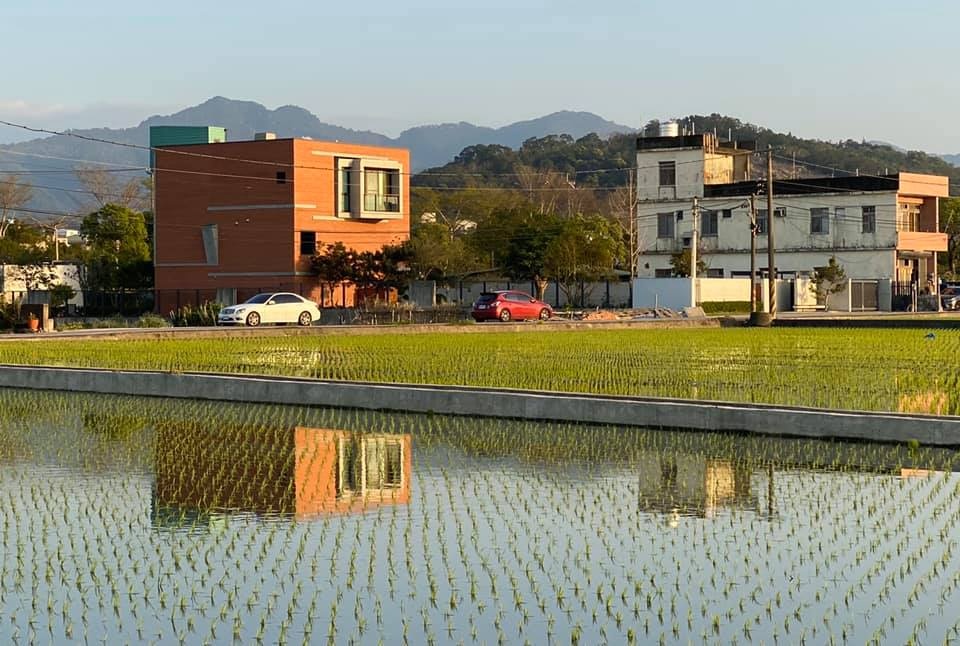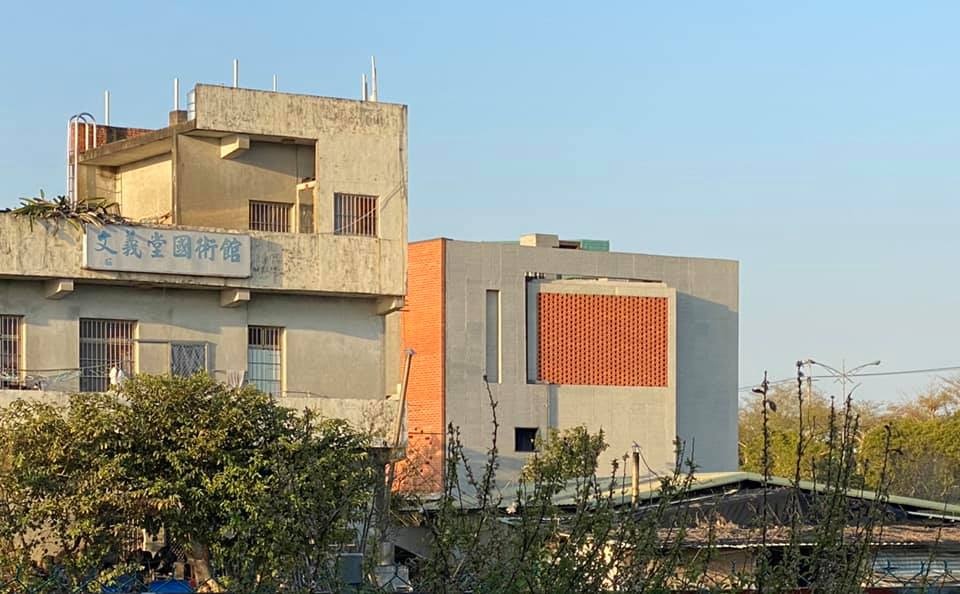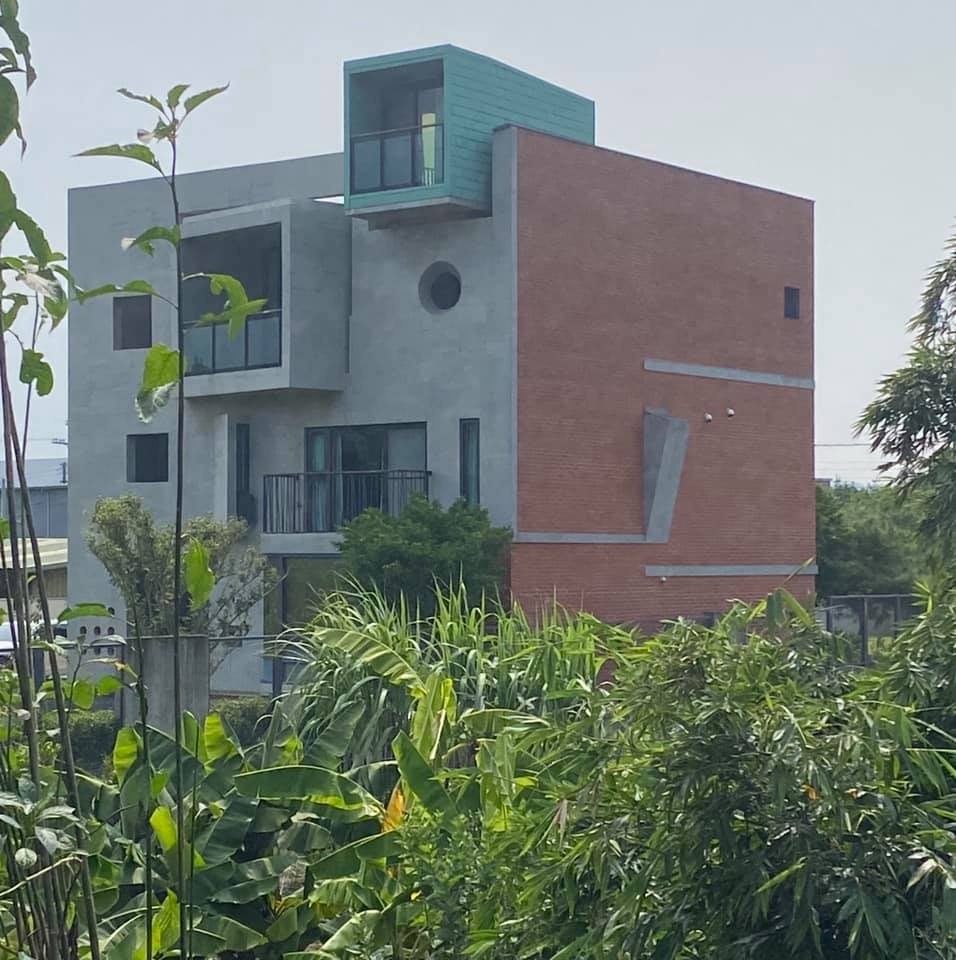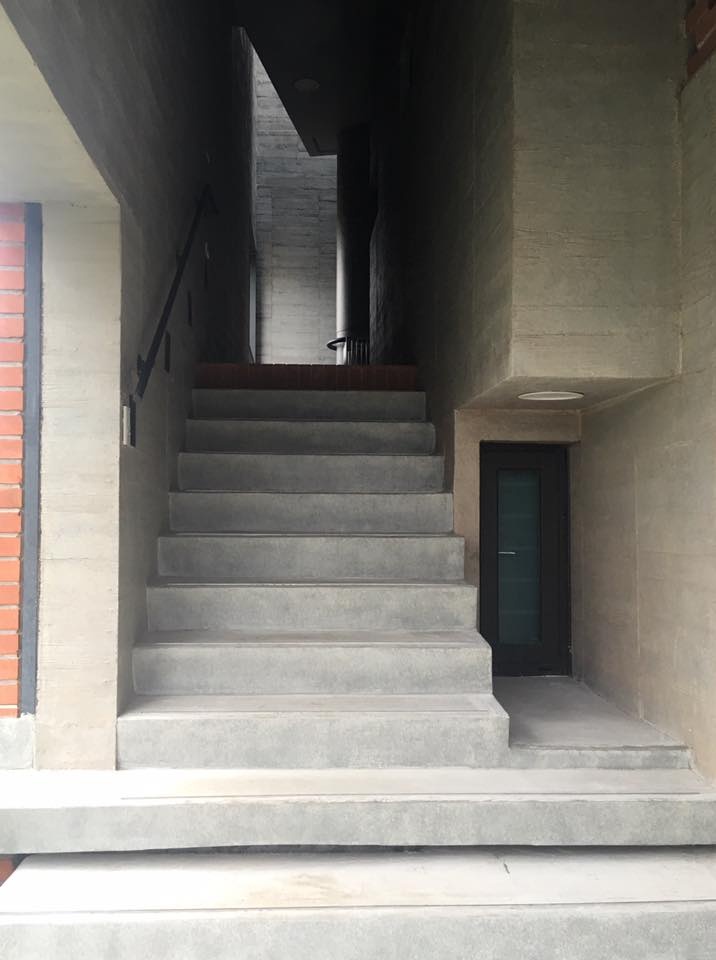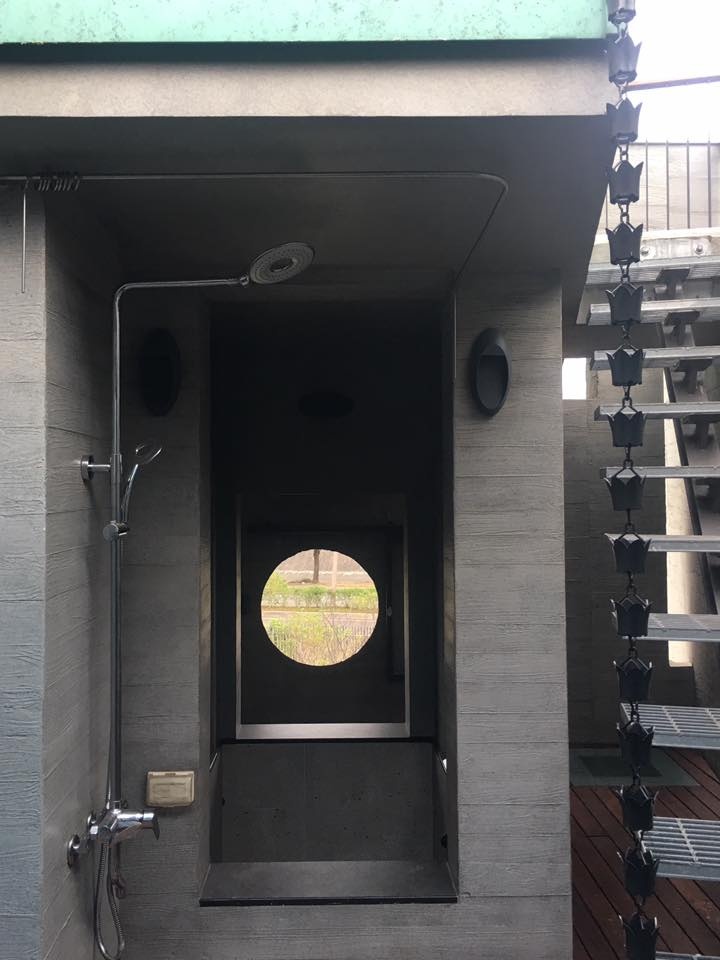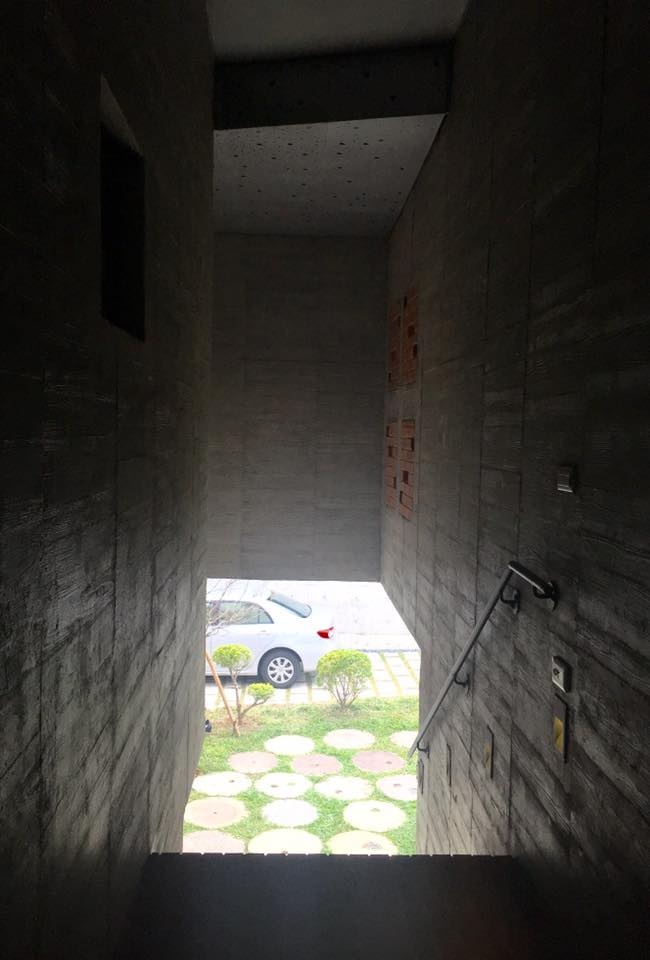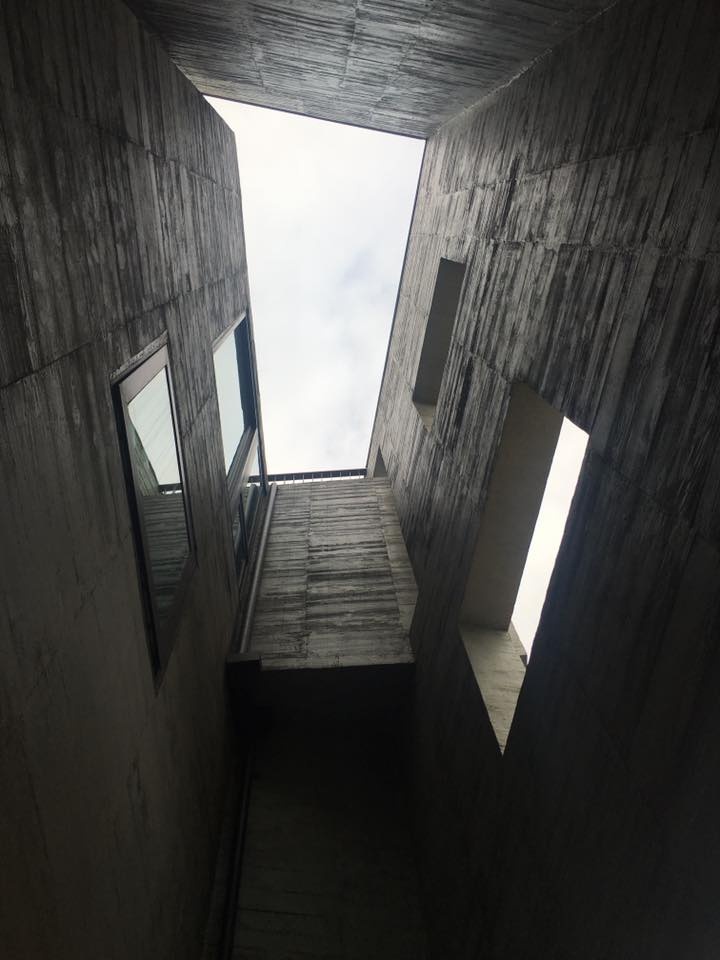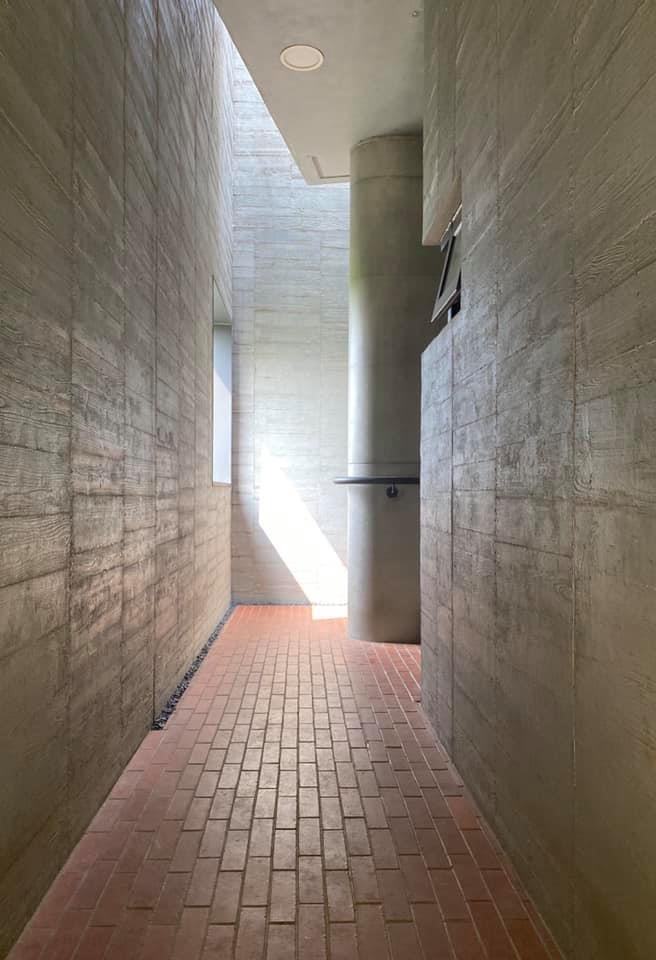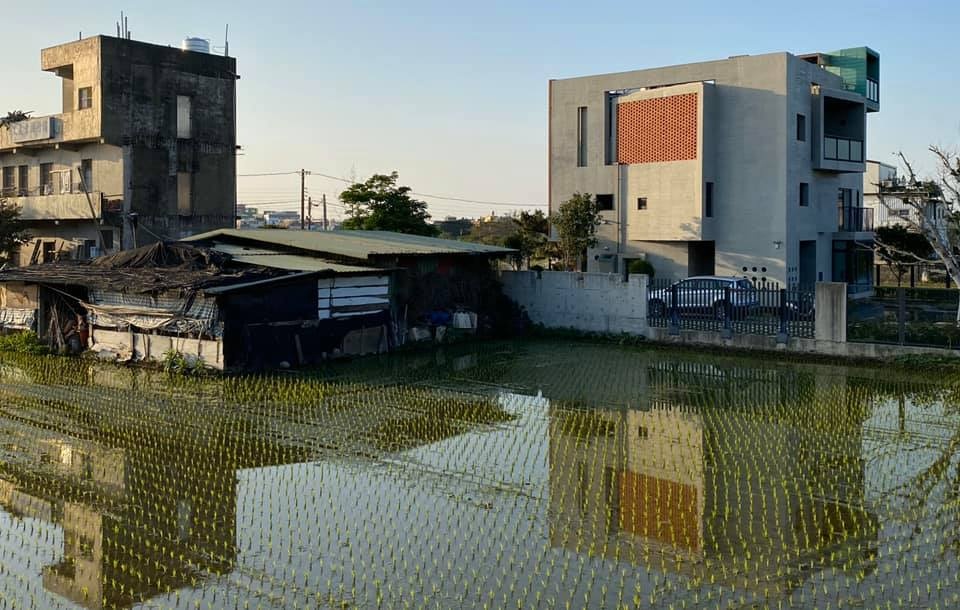
Miaoli Han Residence
Located in the central region of Taiwan - Miaoli, a beautiful town with a serene environment and surrounded by mountains. The site is situated on the edge between the urban and suburban areas, with Miaoli City to the west and the undulating Bijia Mountain to the east. The flowing waters of the Houlung River bring abundant water resources to the site, where Mr. Han and his family will settle down.
The main building is placed in the center of the site, dividing the landscape into two parts. On the west side of the main building, an array of golden trumpet trees is arranged, responding to the urban imagery. A winding path through the tree group guides people back home, like a Chinese garden with a sequence of spaces, allowing the urban clamor to settle. On the east side of the main building, a natural ecological wild garden is planned, corresponding to the distant mountain views and incorporating creek water for irrigation. The planted vegetables and fruits serve both as ingredients and part of the scenery. During leisure time, the family can sit in the cool pavilion by the water pool and enjoy the beautiful view of Bijia Mountain.
Taiwan's regulations for farmhouses require maintaining the continuity of farmland and complying with a 1/10 statutory area specification. In response to these restrictions, a series of compact cubic forms are used as the planning strategy for the building volume, maximizing the indoor space. The use of volume transitions and extensions creates several light wells that extend the visual connection to the surroundings.
To address Taiwan's climate, double-layered walls are used on the west and north sides to resist the cold and damp northeast monsoons and intense western sunlight in winter. On the east and south sides, large windows are employed to welcome the warm southwest monsoons and morning sun in summer, aiming to create a warm and cool living environment.
Considering the site's topography, the public area (living room, dining room, kitchen) is elevated to the second floor, allowing direct visual extension of the dining area to the eastern mountain view by juxtaposing it with the ground level. Two indoor staircases lead to the respective living spaces on the first and third floors without interference. The third-floor outdoor terrace is equipped with a shared bathtub, serving as both a gazebo and a support structure for the bathtub. A steel staircase alongside the bathtub leads to the rooftop wooden platform, where a roof insulation layer and equipment space are placed under the elevated platform. Additionally, ventilation towers facilitate natural airflow, making the platform an ideal spot to have a delightful weekend barbecue with family and friends.
The main building is placed in the center of the site, dividing the landscape into two parts. On the west side of the main building, an array of golden trumpet trees is arranged, responding to the urban imagery. A winding path through the tree group guides people back home, like a Chinese garden with a sequence of spaces, allowing the urban clamor to settle. On the east side of the main building, a natural ecological wild garden is planned, corresponding to the distant mountain views and incorporating creek water for irrigation. The planted vegetables and fruits serve both as ingredients and part of the scenery. During leisure time, the family can sit in the cool pavilion by the water pool and enjoy the beautiful view of Bijia Mountain.
Taiwan's regulations for farmhouses require maintaining the continuity of farmland and complying with a 1/10 statutory area specification. In response to these restrictions, a series of compact cubic forms are used as the planning strategy for the building volume, maximizing the indoor space. The use of volume transitions and extensions creates several light wells that extend the visual connection to the surroundings.
To address Taiwan's climate, double-layered walls are used on the west and north sides to resist the cold and damp northeast monsoons and intense western sunlight in winter. On the east and south sides, large windows are employed to welcome the warm southwest monsoons and morning sun in summer, aiming to create a warm and cool living environment.
Considering the site's topography, the public area (living room, dining room, kitchen) is elevated to the second floor, allowing direct visual extension of the dining area to the eastern mountain view by juxtaposing it with the ground level. Two indoor staircases lead to the respective living spaces on the first and third floors without interference. The third-floor outdoor terrace is equipped with a shared bathtub, serving as both a gazebo and a support structure for the bathtub. A steel staircase alongside the bathtub leads to the rooftop wooden platform, where a roof insulation layer and equipment space are placed under the elevated platform. Additionally, ventilation towers facilitate natural airflow, making the platform an ideal spot to have a delightful weekend barbecue with family and friends.
| Category | Residential |
|---|---|
| Location | Miaoli |
| Completion | 2013 |
01 / 09
